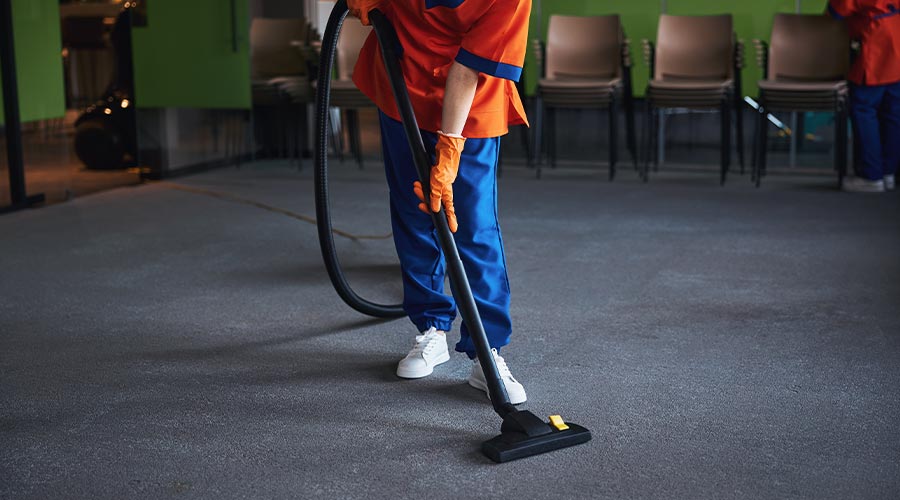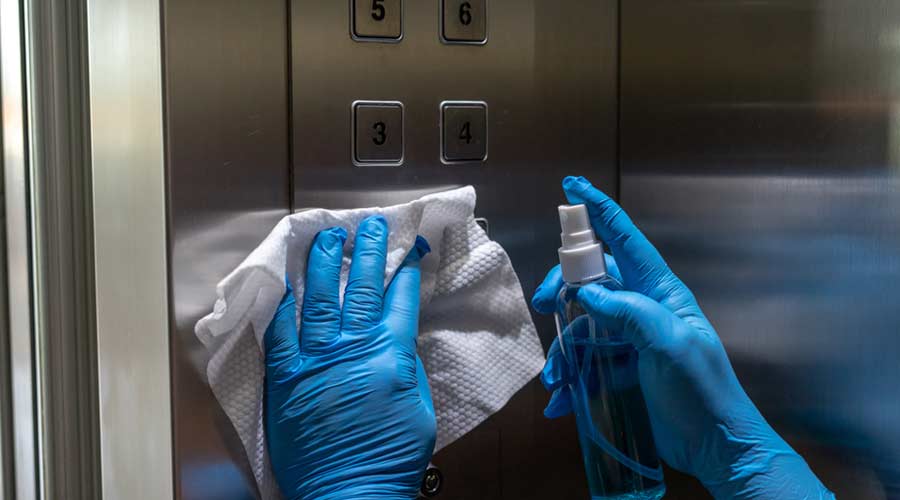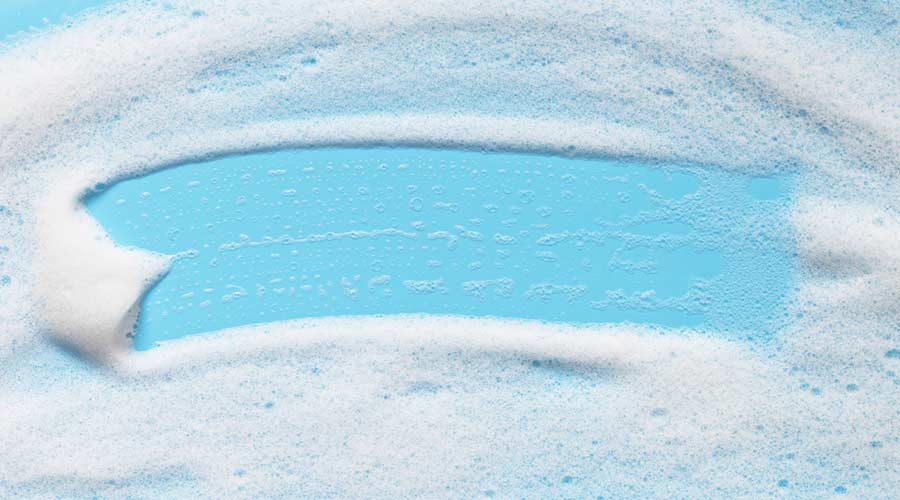
Many facility cleaning managers currently find themselves in a difficult spot. Rising costs make immediate cutbacks in vacuum frequency enticing. However, exercising such a strategy is just delaying the financial woes, and probably making them worse. As a result, the best move is to vacuum better using improved strategies and tools.
Experts recommend developing an individual cleaning strategy based on the unique needs of the facility. This includes developing a plan for proper carpet maintenance based on various factors, like carpet type, foot traffic, and climate. After all, a middle school is going to have different foot traffic than a commercial office, and a beachside facility on the Gulf Coast is going to face different elements than a university in the Great Plains.
“If you have a bunch of kids coming into a carpeted hallway after playing outside in sandboxes, you are going to have to vacuum much more frequently than in a small office where everyone walks in from a cement parking lot over proper length and style of entrance matting,” Weber explains.
Of course, strategy also involves vacuum frequency, which not only differs in need from one facility to the next, but can vary within a single facility. The Founder of the Indoor Exposure Index (INDEX) and Director of the Indoor Health Council (IHC), Allen Rathey, suggests facility cleaning managers become more efficient by using location to help determine frequency. High traffic areas should be vacuumed twice daily. Carpets that experience medium traffic would then be vacuumed every other day. Finally, Rathey advises vacuuming low-traffic areas weekly to twice weekly.
Setting and foot traffic are crucial, but there’s another important thing to consider when talking about carpet care strategy: vacuum type. A lot of this comes down to preference. It’s obvious in asking for input on vacuum type that each expert prioritizes certain things.
Cleaning for health is very important to Thompson. That is why he will only consider vacuums that have a workable and true HEPA filter that’s properly serviced. He is strongly against vacuums that have no filtration because he believes they do not protect the workers who use them.
Rathey acknowledges cordless vacuums can be less powerful than corded models. However, he says the mobility advantages to cordless machines makes them more accessible to different areas and allows for more consistent vacuuming, so he would weigh these attributes against performance differences.
Meanwhile, Walker advocates for backpack vacuums—especially those that are cordless—which allow workers to cover more area per hour with less fatigue. As a result, a move from traditional uprights to backpack vacuums can double productivity. This would allow a janitor to maintain the same vacuuming schedule in fewer hours, which is an enticing benefit to consider when conversations about frequency cutbacks are being had.
Weber’s opinion has some similarities to others. She agrees with Thompson that facility cleaning managers should be exploring higher-quality vacuum options with better air filtration and impactful brush agitation. She also likes vacuums that cover a wider surface area with each pass, and she sees the benefits of wearable vacuums in that they can improve efficiency and are easier to maneuver.
It’s obvious that facility cleaning managers must consider many factors when deciding which vacuums to use, when to use them, and how they should be deployed. One thing that should not be debated is a reduction in vacuum frequency. Vacuuming an area as much as it deserves is the right thing to do for carpets and the people who use them.
Jake Meister is the Managing Editor of Facility Cleaning Decisions.
Less Frequent Vacuuming Shouldn’t be up for Debate

 Celebrating BSCAI's 60th Anniversary eBook
Celebrating BSCAI's 60th Anniversary eBook The Down and Dirty on Cleaning in Virus Season
The Down and Dirty on Cleaning in Virus Season How Surfactant Use is Expanding in Commercial Cleaning
How Surfactant Use is Expanding in Commercial Cleaning